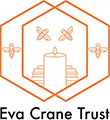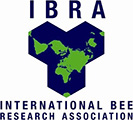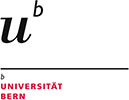Identification of nanoparticles on the surface of thorax, abdomen & wings of Apis dorsata Fabricius
Abstract The presence of nanoparticles on the body of the honeybee Apis dorsata Fabricius, was investigated for the frst time to better understand the bee’s behaviour. These have been observed by using Scanning Electron Microscopy (SEM), Transmission Electron Microscopy (TEM) and confrmed by Atomic Force Microscopy (AFM). Our study clearly denotes that the Indian rock honey bee Apis…






